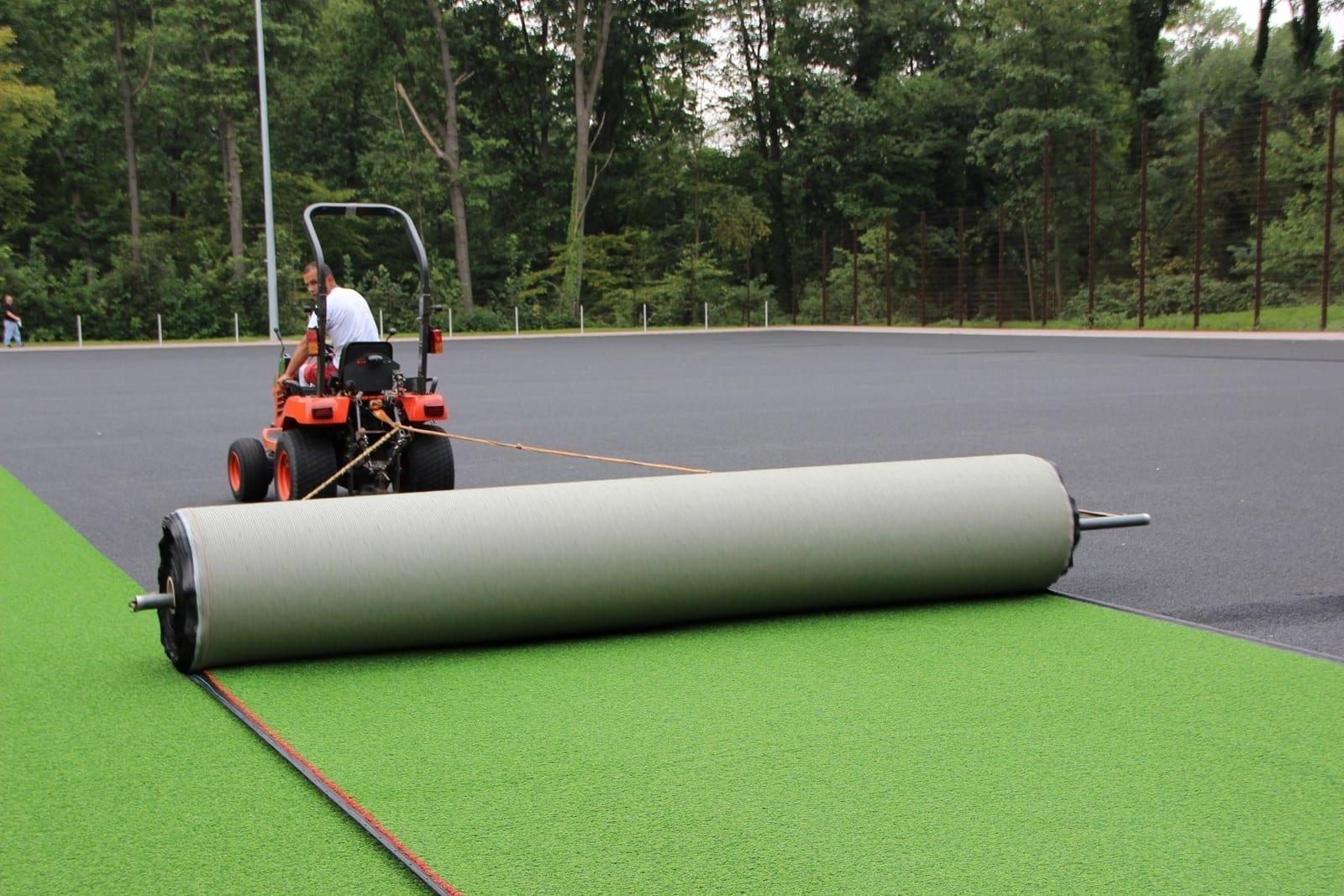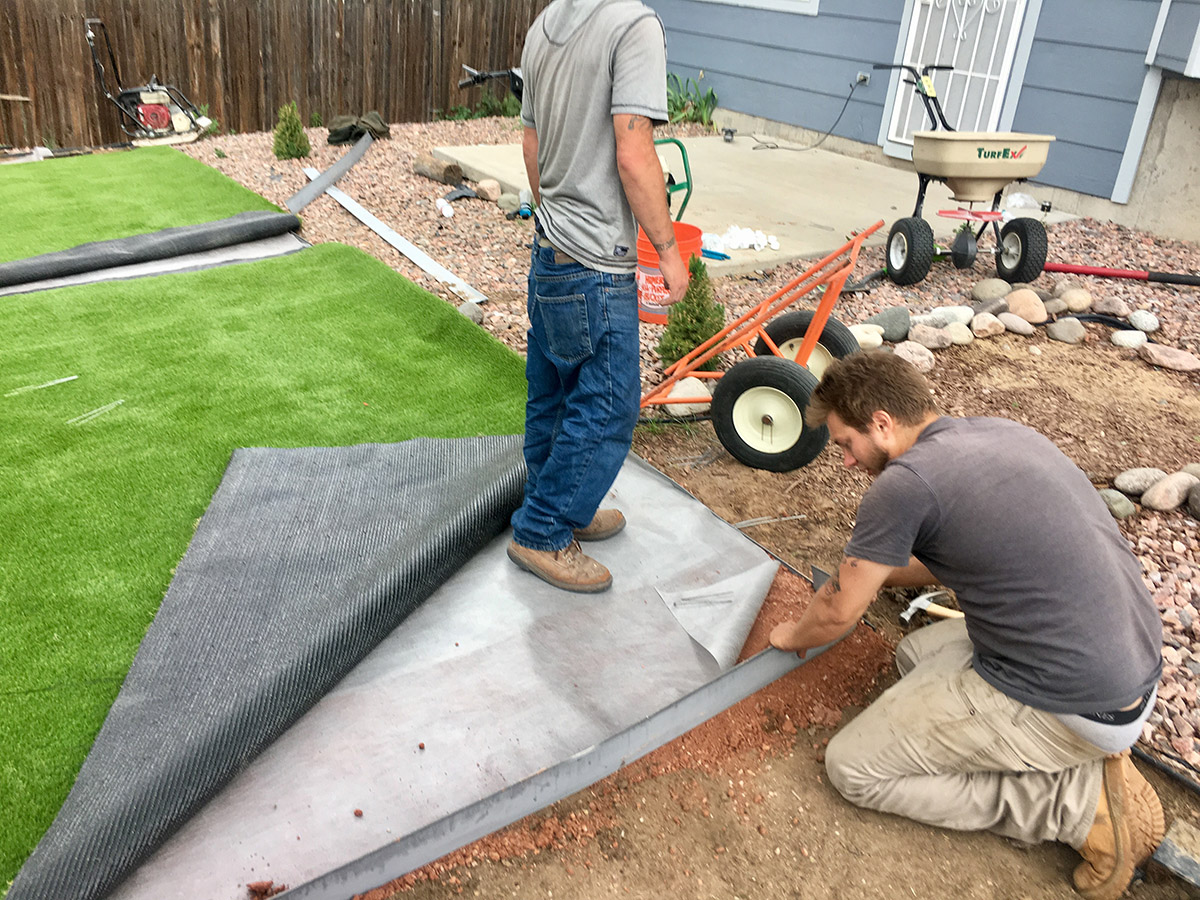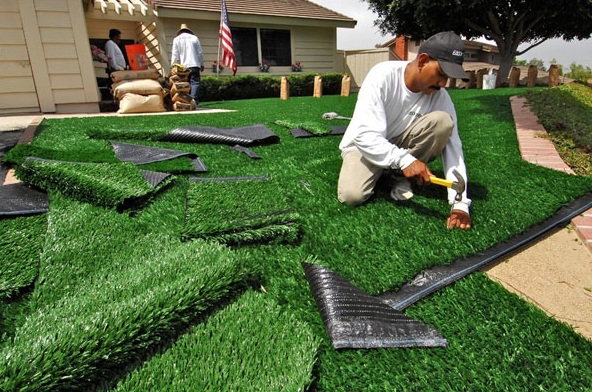Professional Arizona Turf Providers Offering a Lifelike Lawn Option
Professional Arizona Turf Providers Offering a Lifelike Lawn Option
Blog Article
Look Into the Environmental Advantages of Opting for Synthetic Grass Solutions
The fostering of synthetic grass remedies presents a compelling chance to address pressing environmental difficulties. By dramatically lowering water usage and reducing the application of dangerous chemicals, these choices not only advertise lasting landscape design yet also protect regional environments.
Water Preservation Conveniences
One of one of the most substantial benefits of synthetic grass is its capability to preserve water. Traditional turf yards call for significant watering, particularly in locations prone to dry spell or water constraints. In comparison, man-made lawn does not need watering, dramatically lowering the general need for water resources. This feature is particularly beneficial in deserts where water scarcity is a pushing worry.
By getting rid of the demand for routine watering, man-made grass adds to lasting landscape practices and assists minimize the ecological impact of extreme water intake. Moreover, the conservation of water encompasses the reduction of overflow, which can result in dirt erosion and waterway air pollution.
In addition, the installment of synthetic grass permits homeowners and communities to assign water sources a lot more successfully, concentrating on important uses such as alcohol consumption water and farming. The change towards synthetic grass not just advertises accountable water use yet also aligns with broader environmental goals aimed at preserving natural deposits.
As neighborhoods significantly focus on sustainability, the water preservation benefits of synthetic grass provide an engaging situation for its adoption in property and industrial landscaping tasks.
Lowered Chemical Use
The change to fabricated grass substantially decreases the reliance on chemical therapies generally utilized in natural grass maintenance. Typical lawn management usually involves the application of chemicals, fertilizers, and herbicides to advertise development and control bugs. These chemicals can present dangers to human wellness, neighborhood wildlife, and the atmosphere, adding to soil and water contamination.
In comparison, synthetic lawn gets rid of the requirement for these dangerous materials. By lessening the launch of synthetic substances into the community, man-made lawn promotes much healthier soil and water systems.
Furthermore, the lack of chemical overflow related to synthetic grass installations aids safeguard neighborhood rivers from air pollution, sustaining water life and maintaining biodiversity. Artificial turf companies phoenix. As communities significantly focus on sustainable techniques, opting for synthetic grass presents a feasible option that lines up with environmental preservation objectives. Through this change, homeowner can appreciate lush environment-friendly rooms without compromising ecological health, leading the way for an extra lasting future
Lower Carbon Footprint

Furthermore, the setup of synthetic grass can result in considerable water conservation. All-natural yards need substantial quantities of water for watering, which not just contributes to the carbon impact connected with water extraction and treatment but likewise stress local water resources. In comparison, man-made lawn needs minimal maintenance, needing no watering, thereby considerably minimizing water usage and its linked energy costs.
Additionally, the longevity of synthetic turf adds to its decreased carbon find out here impact. With a lifespan of up to 15 years or even more, the demand for regular substitutes is decreased, leading to much less waste and reduced power usage in manufacturing and getting rid of standard grass alternatives. Generally, synthetic grass provides a lasting choice for ecologically conscious landscape design.
Habitat Preservation
Habitat conservation is an essential factor to consider in the debate over landscape design options, especially when comparing synthetic grass to natural lawn. Natural grass yards often require considerable maintenance, consisting of using fertilizers, herbicides, and pesticides, which can detrimentally impact neighborhood ecological communities. These chemicals can seep right into the soil and rivers, harming indigenous plants and fauna and interfering with local environments.
On the other hand, synthetic grass offers an opportunity to reduce the environmental footprint of landscape design. By selecting artificial turf, home owners can reduce the disturbance of natural habitats related to traditional grass care methods. Artificial turf gets rid of the need for unsafe chemicals, thus securing neighboring wildlife and preserving the honesty of surrounding environments. The setup of fabricated lawn can lead to the conversion of previous grass areas right into even more biodiverse landscapes, such as pollinator gardens or indigenous plant areas, which can support local wildlife.
Eventually, the shift to synthetic grass not just preserves water and reduces upkeep efforts however additionally promotes a much more unified relationship between human tasks look at here and the native environment, promoting habitat conservation at the same time.
Long-Term Sustainability
Long-term sustainability is a critical consider evaluating the benefits of synthetic grass over standard turf lawns. One of the most significant benefits of synthetic grass is its toughness; it can last approximately 15-20 years with marginal upkeep, whereas all-natural lawn requires constant reseeding and replacement. This longevity decreases the requirement for continuous sources, such as water, plant foods, and pesticides, which are vital for maintaining a healthy and balanced turf yard.
Furthermore, synthetic grass contributes to a decrease in carbon exhausts related to lawn treatment equipment. Standard yards commonly call for gas-powered lawn mowers, trimmers, and blowers, all of which add to air pollution. Turf installation phoenix az. On the other hand, artificial turf gets rid of the demand for such devices, promoting a cleaner environment
In addition, the production of synthetic grass progressively makes use of recycled materials, boosting its sustainability account. As suppliers embrace green methods, the environmental impact of artificial lawn remains to lessen.

Final Thought
The adoption of synthetic grass remedies offers substantial ecological advantages, including substantial water preservation, reduced dependence on damaging chemicals, and a reduced carbon footprint. Artificial grass help in preserving natural environments by lessening land disruption and advertising lasting sustainability via the use of resilient materials. Jointly, these factors emphasize the capacity of synthetic turf to add positively to ecological health and supply a sensible choice to standard landscape design methods in a significantly resource-conscious world.
In contrast, fabricated turf does not need watering, dramatically lowering the total need for water resources. By reducing the release of synthetic substances right into the community, synthetic grass promotes healthier soil and water systems.
In addition, the installation of fabricated turf can result in substantial water preservation. In comparison, fabricated lawn needs very little maintenance, needing no watering, thus significantly lowering water use check out this site and its linked power prices.

Report this page